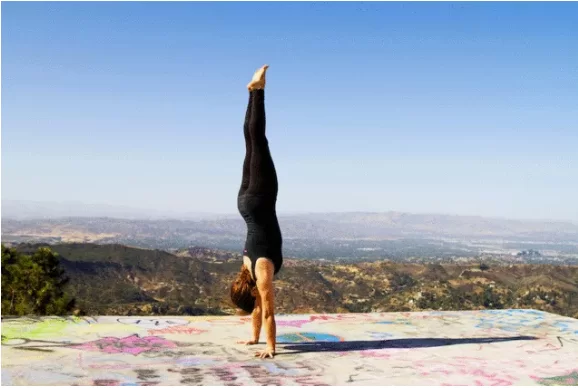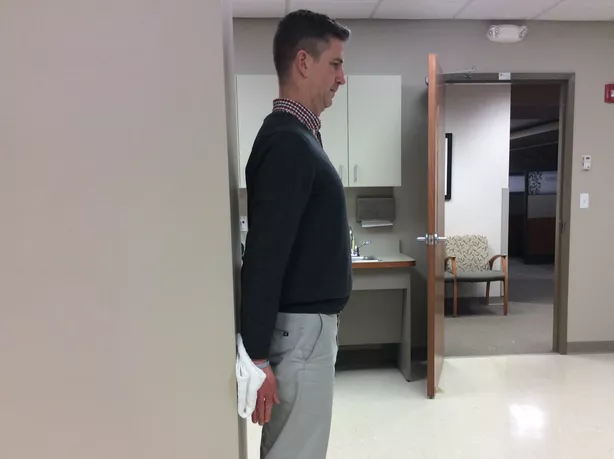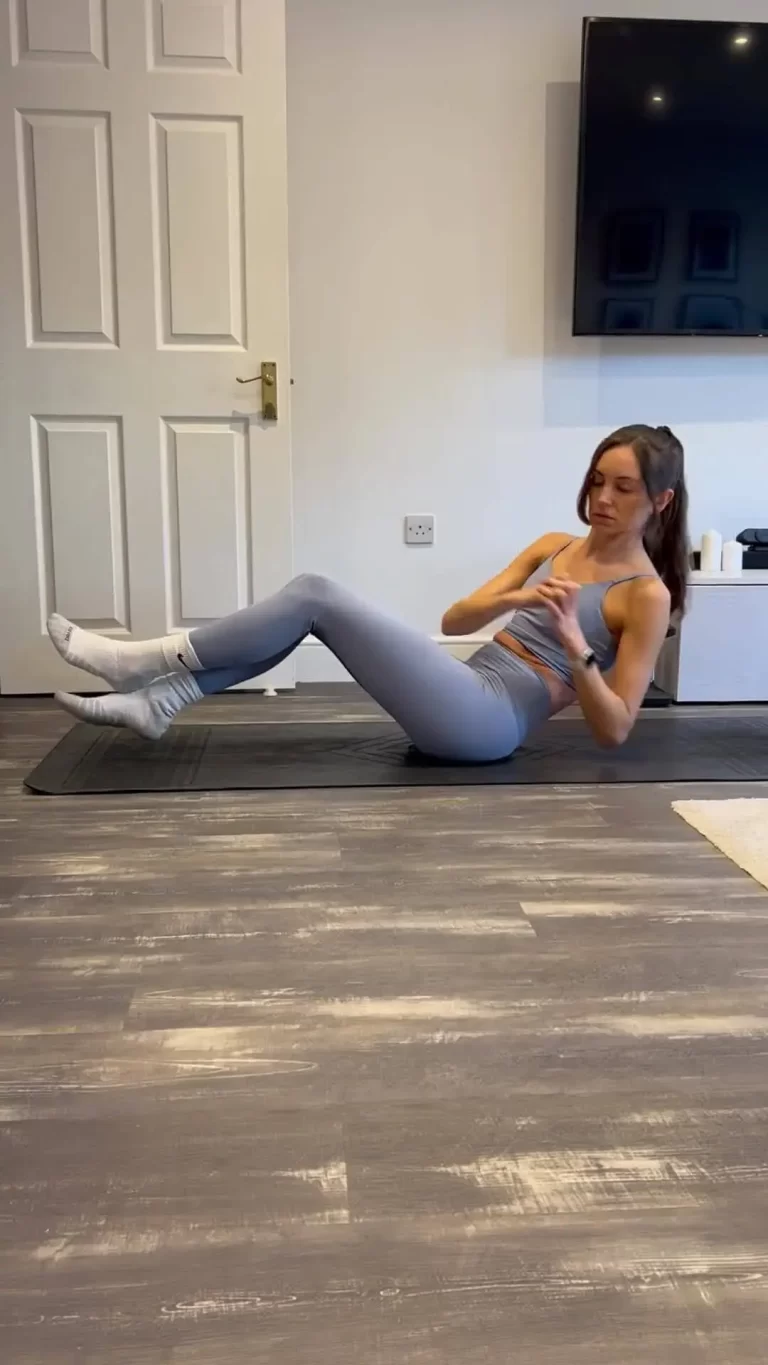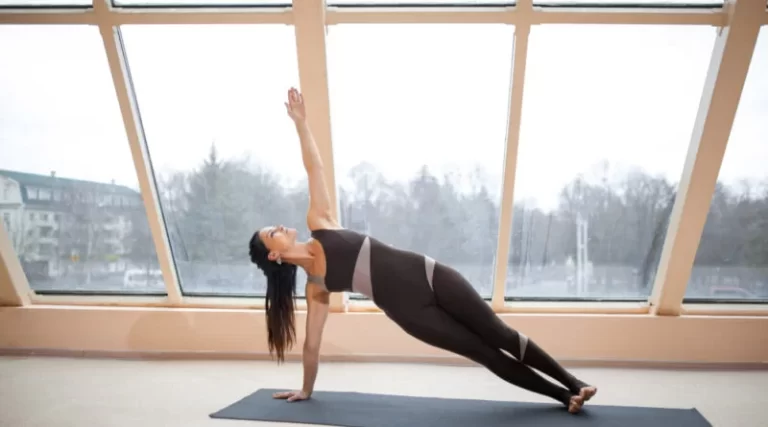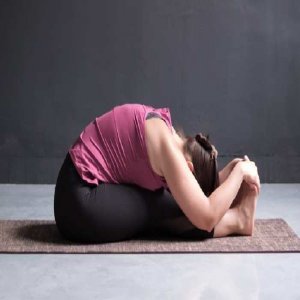Adho Mukha Vrksasana (Handstand Pose)
What is Adho Mukha Vrksasana?
Adho Mukha Vrksasana is one of the most reclining balancing asanas in yoga. This term is reclining from the Sanskrit adho, which means “downward,” mukha, which means “facing,” and Vrksasana, which means “tree pose”. Rather than balancing on the feet and lifting the arms to the sky, the practitioner counteracts on the hands and lifts the feet.
To perform a handstand pose, the practitioner should start in a downward-facing dog pose. Walk toward the hands until the upper body is nearly upright, then kick the legs off the ground floor to lift them toward the ceiling. The torso and tailbone extend upward, with the arms and legs healthy, so that the body balances hard on the hands.
Adho Mukha Vrksasana is generally directed to as a handstand in English.
How to perform Adho Mukha Vrksasana?
In the beginning with Tadasana facing the wall. Now bring on all fours onto the ground floor. Confirm that you are away from the wall by a span of one-hand length. Area the palms shoulder-width apart and stretch out.
Set the hands so that the middle finger is towards the wall and all the other fingers are prolonged out totally.
Then, Move your legs back to about half of the mat. This should resemble the Adho Mukha Svanasana. The feet should be close to the hands and about one meter away from the hands.
From this place, kick one leg up and then follow it up with the other after gaining speed. Bring the support of the wall to practice balance.
Once you feel secure, move one foot away from the wall and then both. After you have rehearsed this, try this out from the wall, probably at the center of the room.
Then, accomplish the Adho Mukha Vrksasana (handstand pose), produce certain to maintain the legs and arms straight, the toes dorsiflexed, and the mind relaxed.
To remove from this position, breathe slowly and deeply. Get down the limbs one at a time and then back to the Adho Mukha Svanasana and back to Tadasana.
Adho Mukha Vrksasana Pose Video
Benefits of Adho Mukha Vrksasana
(1) Improves strength and flexibility
Practicing Adho Mukha Vrksasana requires the integrated effort of several muscle groups. core muscle (Transverse and rectus abdominis, internal and external obliques), upper body muscle (trapezius, triceps, deltoids, pelvic floor (psoas and adductors), and joints like hip flexors, shoulders, and wrists. The additional you exercise, the more natural it will feel for them to perform together, and the more strength and flexibility you will be able to assemble.
(2) Stimulates adrenal glands and cardiovascular system
At the start level, Adho Mukha Vrksasana (handstands pose) requires you to jump onto your hands, which the more additional you accomplish augments the flow of energy in your body. This energy creates an adrenal rush that augments the blood flow to your mind and muscles. Your heartbeat increases, holding the cardiovascular activity stimulated.
(3) Focus and Balance
Holding your shoulders and wrists aligned requires concentration and awareness. So accomplish not flip over backward and hold yourself steady. Also, when upside down, your brain may initially get confused both by the change in orientation and the sudden blood rush to the head.
All these experiences need you to be 100% present and in the moment a great path to training your single-pointed focus whilst enhancing your balance, too.
(4) Energy and Breath
When in adho mukha Vrksasana, your abdominal organs press into your diaphragm, expanding it. This allows for the lungs to expand, which allows you to inhale and exhale vastly additional deeply. This increases the prana in your body and will at the identical time enhance your breath attention.
(5) Spine and Bone
Practicing Adho Mukha Vrksasana (handstands pose) relieves anxiety in your joints and feet and will over time support lengthen your spine. This, in turn, can support reverse spinal degeneration due to compression. This same anti-gravity impact aids release the build-up of lactic acid in your muscles, significantly in the lower half of your body.
(6) Releases Stress
Flipping your world upside down on a handstand brings a rush of blood and oxygen to the brain. This activates your parasympathetic nervous system which has a calming effect by decreasing cortisol in your bloodstream and therefore alleviating symptoms of mild depression and stress.
(7) Confidence and a fresh perspective
Getting a challenging posture like the handstand posture builds confidence and will boost your ability to accommodate very clearly your body and brain. It may even provide you with a unique perspective on life. After all, you are activating your crown chakra whilst on a physical level the recovered blood flow energizes your brain.
Modifications and Props
- Floor Pads
Handstand pose (Adho Mukha Vrksasana) can be changed by seating padded support on the ground floor and comforting your head on top of it. This will support and stabilize your position and provide more significant confidence. Regardless, seating a pad at the proper height can prove difficult. If it’s too high, it will be painful for your neck, which is now compressed. A useful procedure to resolve this issue is to utilize a yoga block as the base, then fold two or more blankets on top.
How high you make the help relies on your height and arm length. Investigation with various padded help configurations until you discover the one that delivers the most comfort. Once you are ready, place both hands shoulder-width apart on both sides of the support and walk in from Adho Mukha Svanasana (downward-facing dog pose) until the crown of your head is comfortably on the help, and your back is against the wall. Then follow the above instruction to settle into the pose completely.
- Yoga Belts
Bring a yoga belt (strap) to your elbows, loop it, and secure it around your arms beyond your elbows.
For those who hyperflex at the elbow joint, it is most useful to utilize a strap and press the elbows into the strap in an outward movement. This will prevent long-term injury to the ligaments and bones of your elbow.
For those wishing to boost the ROM in the shoulder joint and have resistance in this region, you want to move the elbows away from the belt and attempt to decrease the belt as you externally turn the upper arm.
- Yoga Chairs
Using a yoga chair and practicing the half deviation of the posture can be an ideal area, to begin with confidence. Seat your hands on the ground floor and your feet on a stable chair, creating an upside-down “L” shape with your body.
Using the chair to practice the half deviation first (Ardha Vrksasana) is often more challenging than the full deviation and can support you create strength in the shoulders and arms before the full inversion. If you can do the half deviation, you can do the full. Half a variation needs more additional strength.
Variations
You can vary your hand placements in this pose to make various impacts. You can move your hands nearer to each other, inside shoulder length, which will decline the base of support and further produce your sense of balance. Alternatively, you can broaden your hands further from shoulder length, which will train you in externally rotating your upper arms.
Precautions and Contraindications of Adho Mukha Vrksasana:
Since this asana is not extremely easy to conduct, especially for newbies, a few Adho Mukha Vrksasana (handstand pose) security is to maintain in the brain.
These Adho Mukha Vrksasana (handstand poses) require better arm balance. Thus, to start with, practice with the support of a wall to avoid toppling over and bringing hurt. Practice this posture only three-four times initially, until shoulder strength expands.
Pregnant and menstruating females should avoid performing this pose fully.
Individuals who have existing shoulder, back, and neck injuries or suffer from issues like high blood pressure, heart problems, and headaches should even avoid this asana.
Conclusion
The capability to lift the mindfulness of the breath, and core muscular strength are all required for practicing handstand Pose (Adho Mukha Vrksasana). Still, the most crucial aspect of this method is overcoming the fear of losing. It requires extreme awareness and concentration on the gaze, and breath since it is a balancing stance. Maintain in mind that the purpose of handstands or Adho Mukha Vrksasana is to stretch your comfort level. Being upside down has a lot of advantages, so while you’re maintaining your muscles and focusing on your technique, don’t forget to have joy.
FAQ
1. What is the yoga Adho Mukha Vrksasana?
Derived from the roots Adho means down, Mukha means face, and Vrksa means tree. Thus, Adho Mukha means to maintain the face on a downward path. This posture is characterized by balancing on fully extended arms so that the body is fully upside down.
2. What are the benefits of Adho Mukha Vrksasana?
Adho Mukha Vrksasana works your core and enhances balance while giving you the benefits of boosted circulation and lymph flow. You’ll engage your whole body while utilizing your shoulders, arms, core, and back. Bring a look at these handstand prep options and deviations. There are a bunch of opportunities to suit all levels and capabilities.
3. Is it good to do handstands every day?
Handstands are secure to practice daily. Unlike multiple exercises discovered in the strength training world, handstands are a total body exercise that can and should be performed every day. The variations abound and since they can be conducted daily without overtraining you obtain better at an incredible rate.
4. What is the contraindication of Adho Mukha Vrksasana?
Adho Mukh Vrksasana is not for everyone. If you have a wrist, elbow, or shoulder problem, you should steer clear of this upside-down wonder (or at least seek proficient guidance before starting) Likewise, if you suffer from high blood pressure, eye problems, or brain and spinal injuries.
5. Do handstands burn calories?
The brief answer is handstand exercise can support you in losing weight; the long answer is it depends. Any activity that you add to your day that will need your body to burn more additional calories will support you to lose weight, that is if you don’t put more additional calories than you used to.

